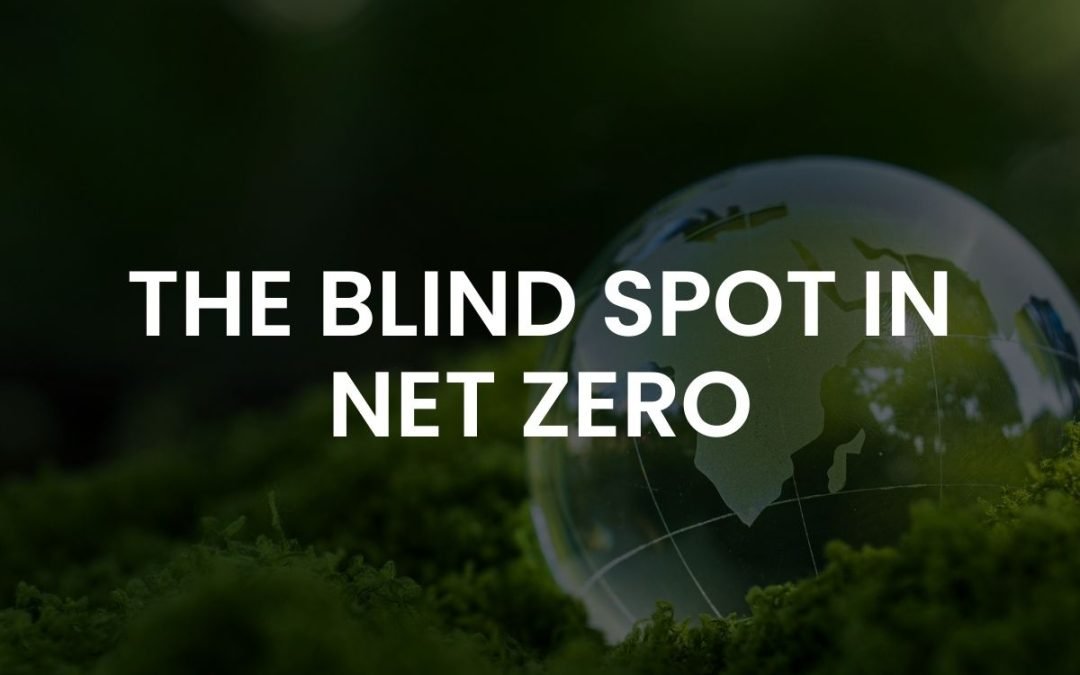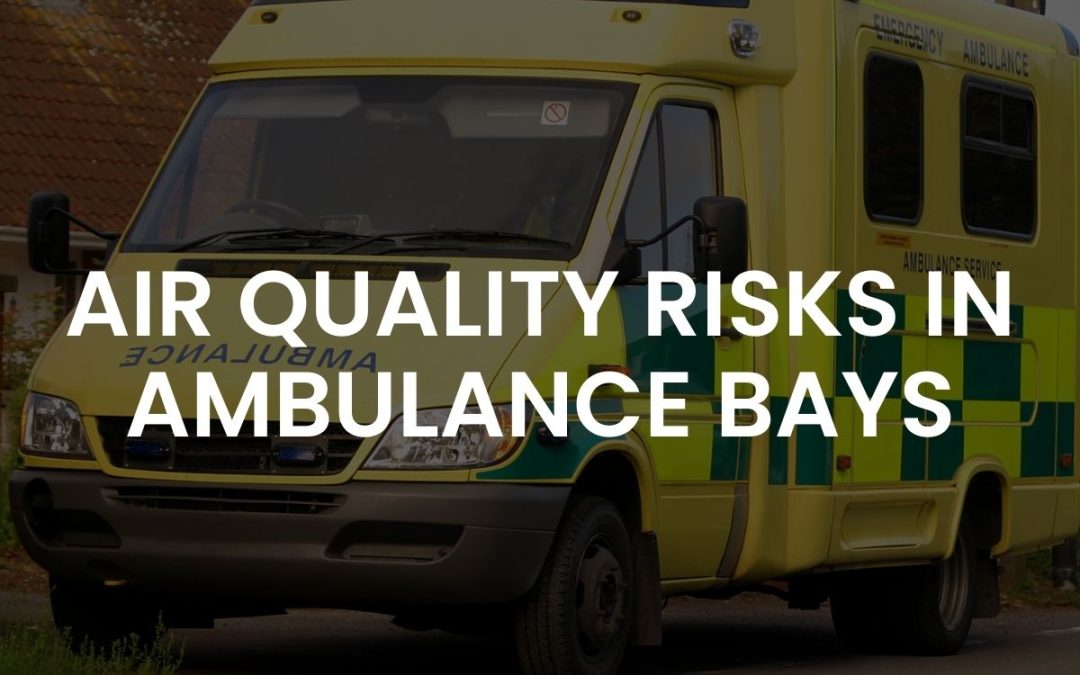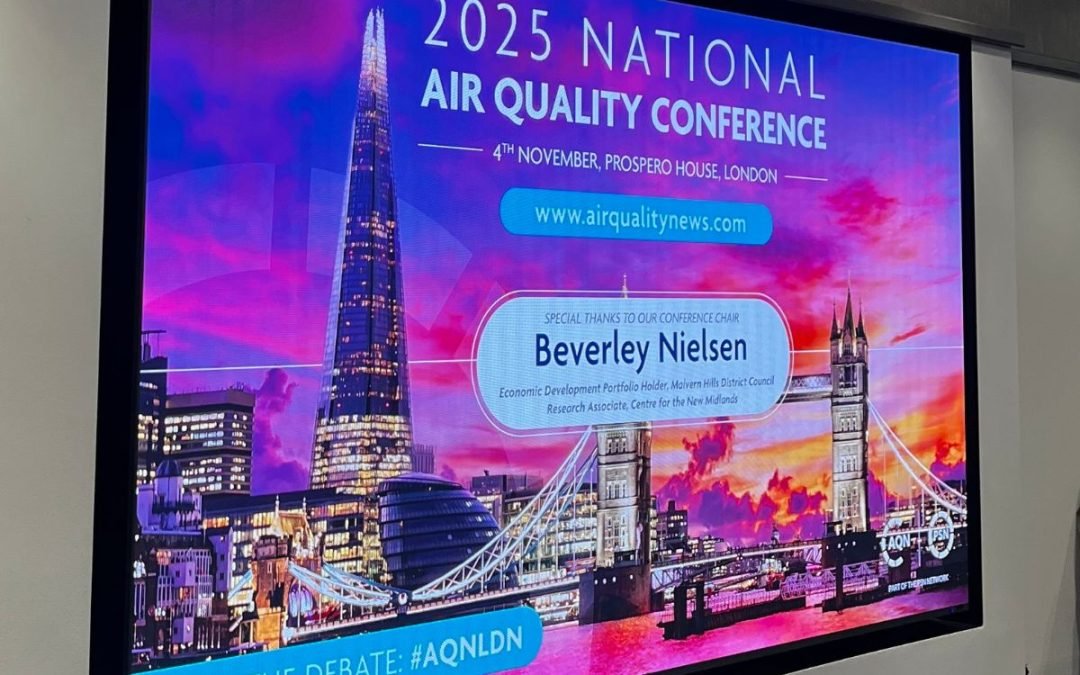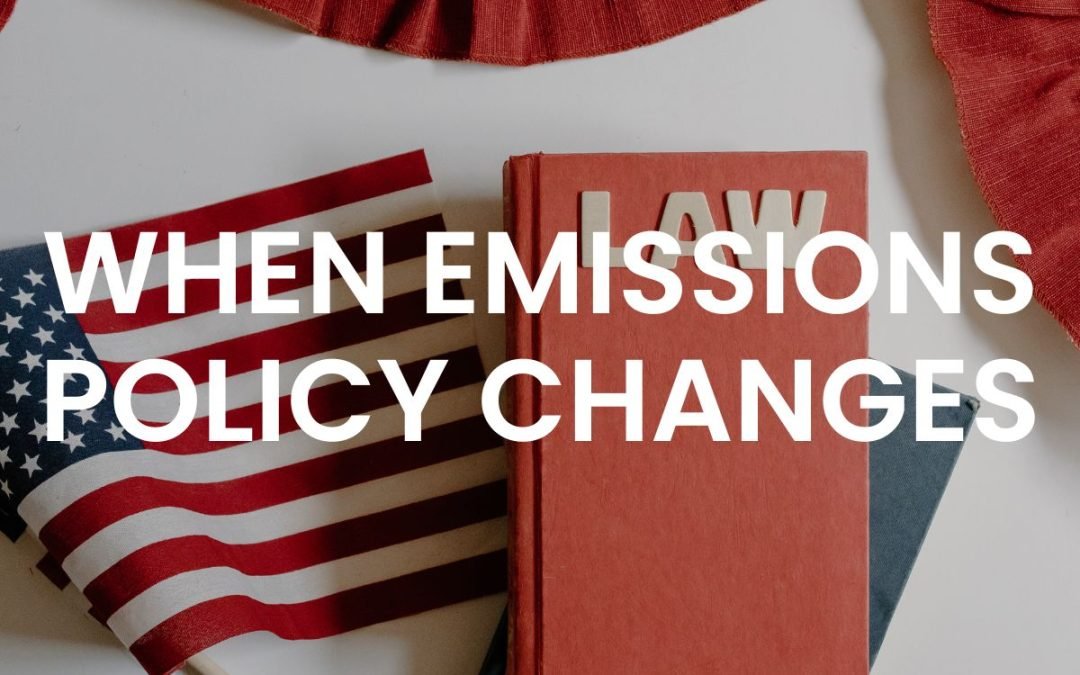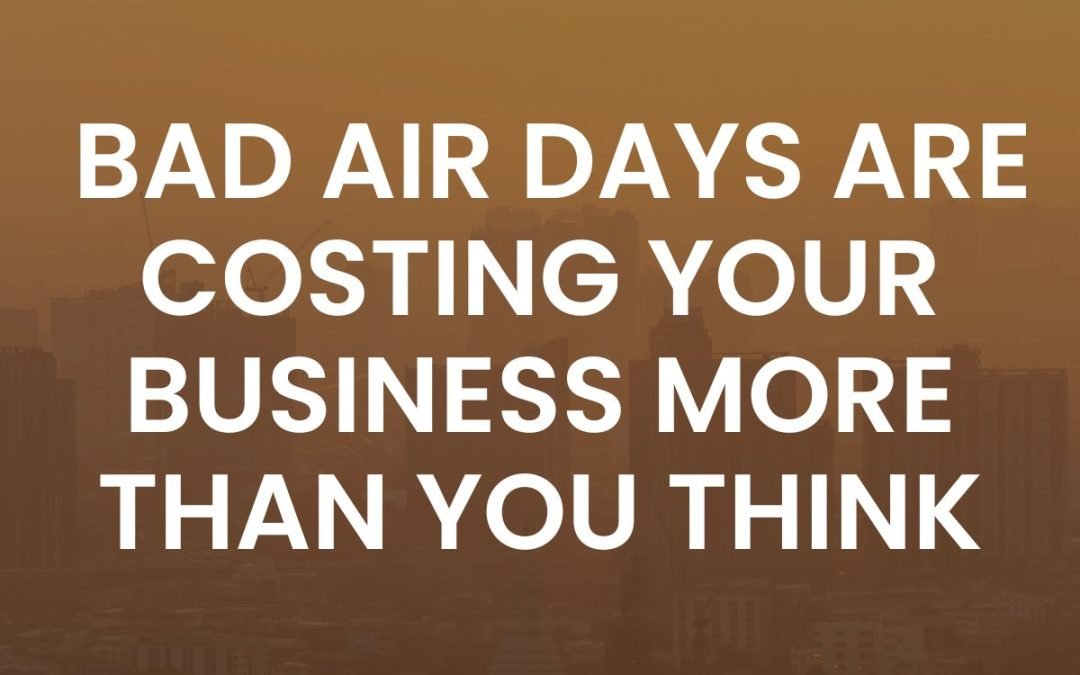But what about the pollution you can’t see?
The Invisible Crisis Walking Beside You
Every morning, as you walk to the train station, you’re breathing it. As children walk to school past idling buses, they’re breathing it. As hospital patients arrive for treatment, passing delivery trucks and construction sites, they’re breathing it.
Air pollution doesn’t create Instagram-worthy outrage photos. You can’t point your phone at a cloud of nitrogen dioxide and watch it trend on social media. The particulates that lodge in your lungs don’t float on rivers for news crews to film.
Yet the numbers tell a sobering story. UK heatwaves in 2025 led to an estimated 260 heat-related deaths in London alone, with 65% attributable to climate change. More than 2,000 GP practices and 200 hospitals sit in areas affected by toxic air. The invisible threat claims lives quietly, consistently, without the dramatic headlines that drive policy change.
Why We Rally for Rivers But Not for Air
The difference is simple: visibility creates urgency. When Thames Water, Southern Water, and Yorkshire Water pollute our waterways, we see the damage immediately. The evidence is literally floating in front of us.
Air pollution operates differently. It’s cumulative, insidious, and largely invisible until health impacts emerge years later. A construction site might belch dust clouds for months before anyone complains. A delivery depot might generate nitrogen dioxide plumes that drift through residential areas unnoticed.
The very invisibility that makes air pollution less emotionally compelling also makes it more dangerous. We can’t avoid what we can’t see.
The Shared Responsibility Problem
Water pollution has clear villains. Water companies. Specific discharge points. Identifiable corporate responsibility.
Air pollution is everyone and no one. The construction company building new housing. The hospital receiving emergency deliveries. The local council managing waste collection. The logistics firm optimising delivery routes. Even the residents driving to work.
We all contribute. We all suffer the consequences. We all breathe the same air.
This collective responsibility creates a collective blind spot. When everyone shares blame, individual accountability becomes diffused. When the evidence isn’t visible, the urgency disappears.
The Regulatory Response Gap
Environmental regulations continue tightening. New UK Building Regulations effective June 2025 require homes to reduce carbon emissions by approximately 30%, with mandatory CO2 monitoring and ventilation standards.
Yet while water companies face unlimited fines and criminal prosecutions for visible pollution events, air quality violations often result in delayed action plans and gradual improvement targets. The regulatory urgency mirrors public perception: visible pollution gets immediate attention, invisible pollution gets eventually attention.
The irony cuts deep. Air pollution contributes to over 40,000 early deaths annually in the UK, yet rarely generates the sustained outrage that drives rapid policy change.
Making the Invisible Visible
The water pollution crisis teaches us something crucial: visibility drives action. When environmental damage becomes undeniable, change happens quickly.
For air quality, this visibility gap represents both the core problem and the solution pathway. If we could see air pollution the way we see water pollution, would public response shift overnight?
Some organisations are already bridging this gap. Advanced monitoring systems now combine precise measurements with visual evidence, making invisible pollution spikes visible in real-time. When construction sites, healthcare facilities, or waste operations can see exactly when and why air quality deteriorates, response becomes immediate rather than eventual.
The technology exists to make air pollution as visible as water pollution. Smart monitoring with source identification shows not just when pollution occurs, but what causes it. Visual evidence provides the proof that drives action.
The Choice: Reactive Outrage or Proactive Protection
Water companies now face public fury, regulatory crackdowns, and criminal prosecutions because visible pollution created undeniable evidence of failure. The crisis could have been prevented with better monitoring and source control.
Air pollution follows the same trajectory, just more slowly. The evidence builds invisibly until health impacts force recognition. By then, damage is done.
The choice for organisations across construction, healthcare, waste management, and local government becomes clear: wait for the inevitable crisis moment when invisible becomes visible, or act now to make pollution management proactive rather than reactive.
As Tanja Dalle-Muenchmeyer from Guy’s and St Thomas’ Hospital notes: “EMSOL helps us understand local pollution levels, its sources and identifies targeted actions we can take to improve the situation.”
The technology to bridge the visibility gap exists. The question is whether we’ll use it before air pollution creates its own undeniable crisis moment, or wait for the invisible threat to finally become impossible to ignore.
Beyond Monitoring: Building Accountability
The water pollution outrage demonstrates something powerful: when environmental damage becomes visible, accountability follows rapidly. Public pressure drives regulatory action. Corporate responsibility becomes non-negotiable.
Air quality management needs the same visibility-driven accountability. Not just measuring pollution levels, but showing exactly what causes them. Not just detecting problems, but providing evidence for solutions.
We all breathe the same air. We all share responsibility for protecting it. And increasingly, we all have access to technology that makes the invisible visible.
Discover how precision air quality monitoring with source identification can help your organisation move from reactive crisis management to proactive environmental protection.

